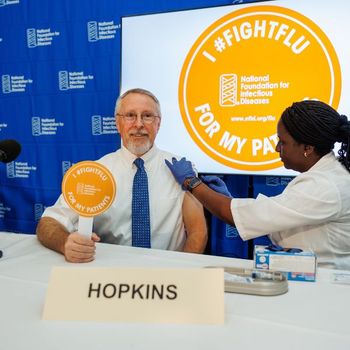
White Paper on the Silent Threat of Touch Surfaces is Released
TV medical correspondent Robert B. Arnot, MD, has released a white paper, "Touch Surfaces: The Silent Threat," the result of months of comprehensive research which warns that in the current worldwide H1N1 influenza pandemic, hard surfaces are emerging as a key source of bacterial and viral infections. Arnot, chief medical educator of www.touchsurfaces.org, also offers infection prevention recommendations, including handwashing, sanitizers and a new EPA-approved low-toxicity, long-lasting disinfectant called SpectraSan 24.
"The H1N1 pandemic is just the tip of the iceberg, and is a serious wakeup call to the world that viruses are becoming an increasingly dangerous threat to our wellbeing," Arnot said. "The time is now to understand what we're facing, find safe and effective ways to contend with viruses, and convey the results to the public in ways that educate without causing panic. My white paper is a step in that direction."
Studies prove that people unknowingly infect themselves by touching bacteria-laden surfaces and then touching their mouth, nose or eyes. Arnot cites that the average adult, per hour, brings his or her hand to their face 17 times, the eyes five times, the nose three times, and the mouth 1.5 times, with the figures reaching far higher for children. Further, while viruses do not survive long on porous items, they can last up to 48 hours on non-porous surfaces. Nonporous surfaces include stainless steel, toilet seats, phones, computer keyboards, communal coffee pots, water coolers, ATM machines, subways and buses, handrails, playground and gym equipment, toys at home and in doctors' offices, doorknobs, remote controls and more.
"Non-porous surfaces are everywhere," Arnot says. "They're at home, in the office, in public areas, in hospitals, day care centers, health clubs, schools, camps, hotels, medical practices, food processing plants, and so on. What can we do? The first line of defense is to wash hands regularly. Then, with so many viruses resistant to antivirals and antibiotics, disinfectants must become part of the strategy, as they can reduce the spread of infectious diseases."
To access Arnot's white paper,
Newsletter
Stay prepared and protected with Infection Control Today's newsletter, delivering essential updates, best practices, and expert insights for infection preventionists.






